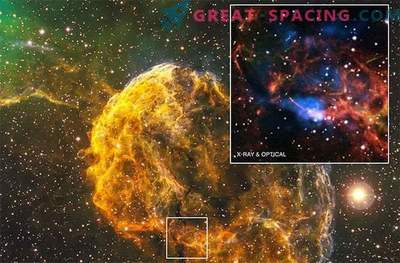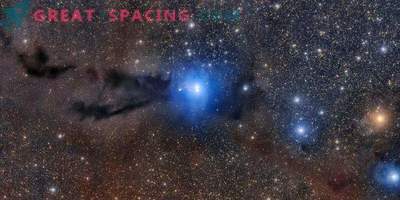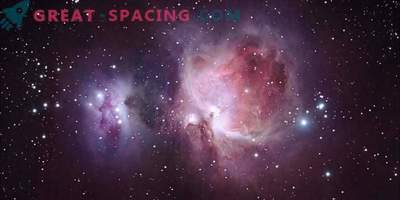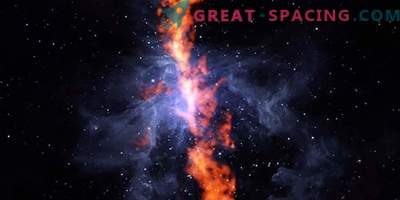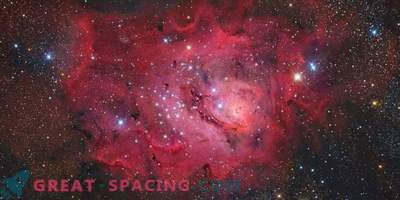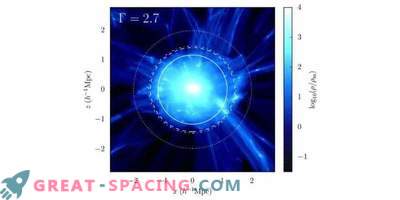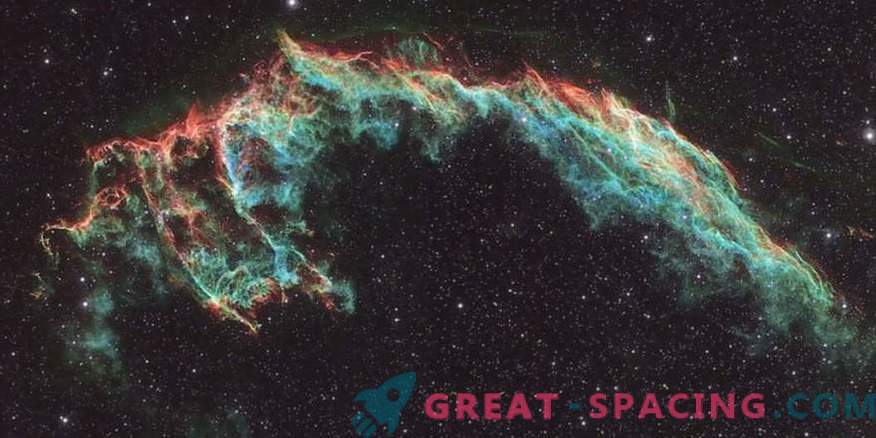
Composite image of the Veil Nebula created in a supernova explosion. Displayed in X-ray (blue), ultraviolet (white) and infrared data (blue and red) missions ROSAT, GALEX and WISE
The Cygnus Loop (Veil Nebula) is a supernova remnant and the result of the explosive death of a massive star 10,000-12,000 years ago. Detailed modeling of the amazing threadlike form suggests that the explosion occurred inside the interstellar cavity created by the predecessor star.
In astronomy, due to its large size and distance, many properties are called approximate. For many years, it was believed that the nebula was 2500 light-years distant from us. These findings were based on an analysis of the gas flow done by Edwin Hubble in 1937 and by Hermann Minkowski in 1958. Data in 2005 provided a distance of 1500-2100 light years.
For the past 20 years, astronomers have tried to clarify the distance, measuring the distance to distant objects and stars inside the nebula. However, all these indicators, including parallax, remained unreliable. Recently, the motion of nebular gas has also been used and an estimate of 2,600 light years has been derived. A new study was undertaken by the Gaia satellite team, which provides accurate measurements of stellar parallax. Scientists were looking for gas absorption signatures in two dozen stellar spectra. The new result of the distance from the Earth to the Voil Nebula is 2420 light years with 3.4% uncertainty. We also managed to identify a star whose wind interacts with the supernova remnant.
The new result affects some of the conclusions. This means that the supernova that created the nebula had less energy than previously thought. It is possible that it emitted as much energy as it begins to release our Sun in 6 billion years.



